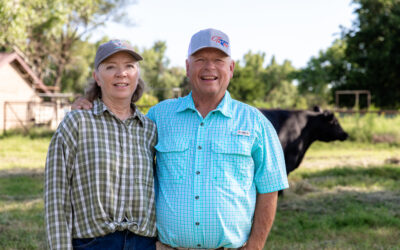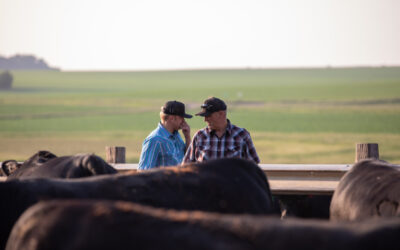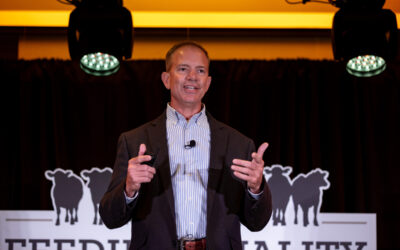
The feedlot melting pot
“Where you from?” is a question we often ask strangers. What we really want to know is, “who are you?” and “what makes you tick?”
Think of immigration, both in the yesteryears (my grandmother came over on a boat from Germany in 1913) and in today’s world (many illegals from south of the border). Different kinds: most of those early ones came over legally because of religious persecution or economic collapse; in the case of Ireland it was the potato famine. Both groups of people that come to the U.S. were/are intriguing because we want to know how “our” world will change with these new strangers in it!
Another example: making new acquaintances while on a plane (yes, I’m the pesky person who strikes up conversations with the person sitting next to me) is interesting. Sometimes other people start the conversation; sometimes I kick it off. But, what I really want to know is: who are you? What are your beliefs? What do you stand for? How do you see the world? What is your purpose in life?

In the case of cattle coming into a new community (e.g. a feedlot), some come from Mexico, some from Canada, some from the southeastern U.S., and some from the southwest; some from the far west off of farms and ranches just as unique and varied as the general U.S population. They arrive at a feedlot in Kansas. How will they feed and perform? Will they get sick? Will any of them die, and if so, how many? Will they be worth anything on a value-based grid, or will they be commodity cattle sold on a cash basis?
Without history on the cattle, feedlots or cattle buyers don’t know what to expect. Look at this pen of cattle at a feedlot in western Kansas. What does the feedlot know about them? Well, they know the state of origin. They know they are predominantly black hided. Besides that, not too darn much. We have some preconceived and obvious notions by looking at these cattle: body condition on arrival, length of haul, phenotype, hair coat color, etc. What about health status? Unknown. Grading capability? Unknown. Ability to perform in the feedlot? Unknown.
As we move more and more toward DNA technology in the cattle industry, one thing we can know (at least with high-percentage Angus cattle): marbling and yearling gain outcomes. With GeneMax (GMX) our new DNA test, the new owners will have a pretty good idea of how these cattle will perform in those realms. For a cost of $17 per head, our ability to estimate outcome will be greatly enhanced.
To find out more about GMX, visit our website at www.cabpartners.com/GeneMax.
Where are you from?
For now, Adios!
-Gary
You may also like
Helping Hands, Helping Herds
“When I die, I want to come back as one of your cows,” murmurs a friend to Steve Zybach. Full to the brim from an alfalfa ration every day, bountiful fields of lovegrass stretched out across the Texas Panhandle—and owners who leave no ounce of cattle care up for question. The Zybachs’ motivation for this level of dedication to their Angus cattle is simply love.
System Over Scale
For Dallas Knobloch, it’s not about being the biggest feedyard—it’s about building a high-quality system that works. Today, with Tory’s wife Sadie and daughter Ivy, the Knobloch family owns and operates 4K Cattle. They feed 2,500 cattle at eight locations within 10 miles of home, manage 1,000 acres of crops and run a 125-head cow herd, all near Hills, Minn.
Data-Driven Progress and Partnerships
Discussions at Feeding Quality Forum reaffirmed the industry’s commitment to quality, transparency and innovation. With record Prime rates and strong consumer demand, producers who invest in genetics, health and relationships are positioned to drive progress and capture premiums.



